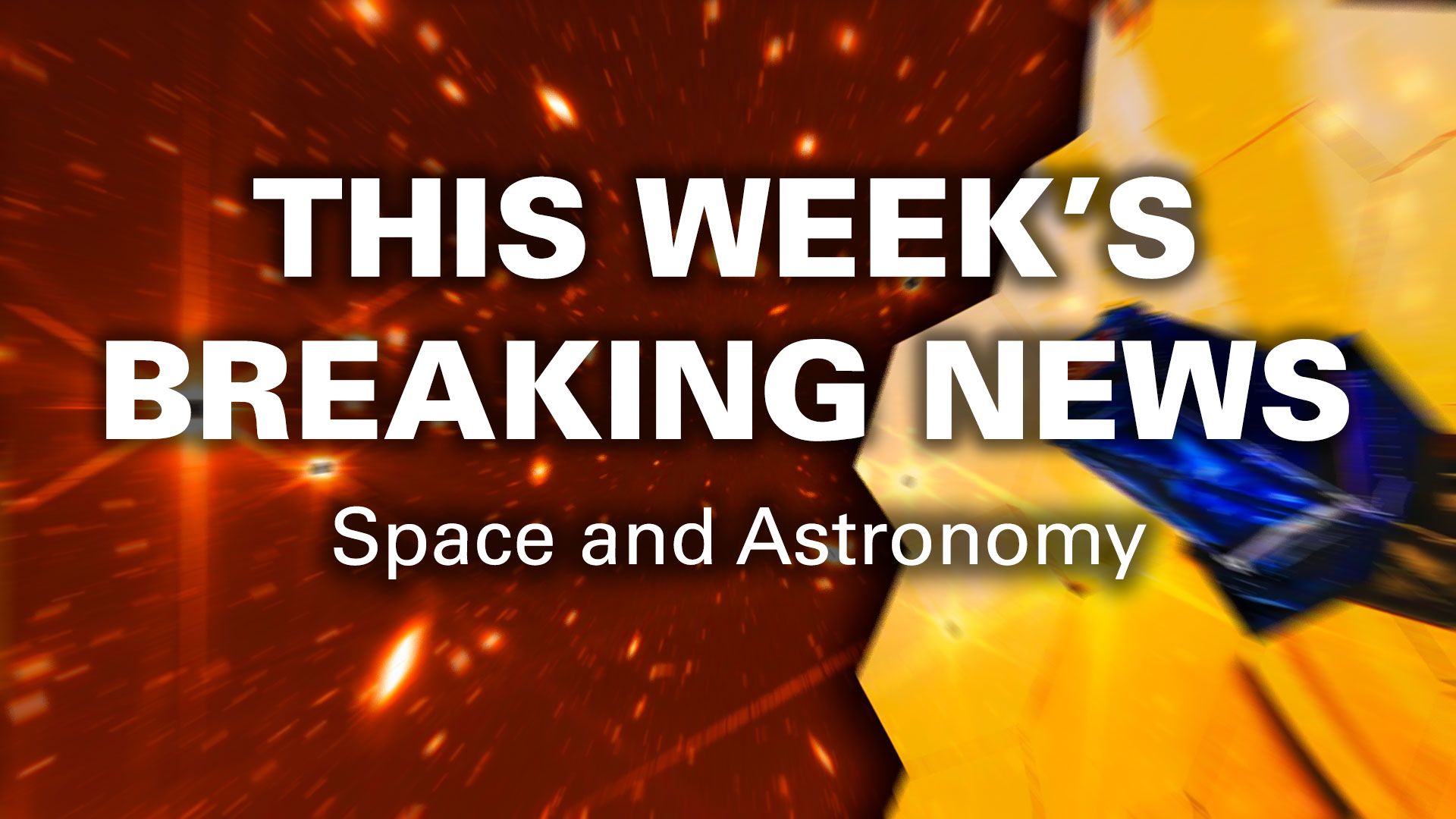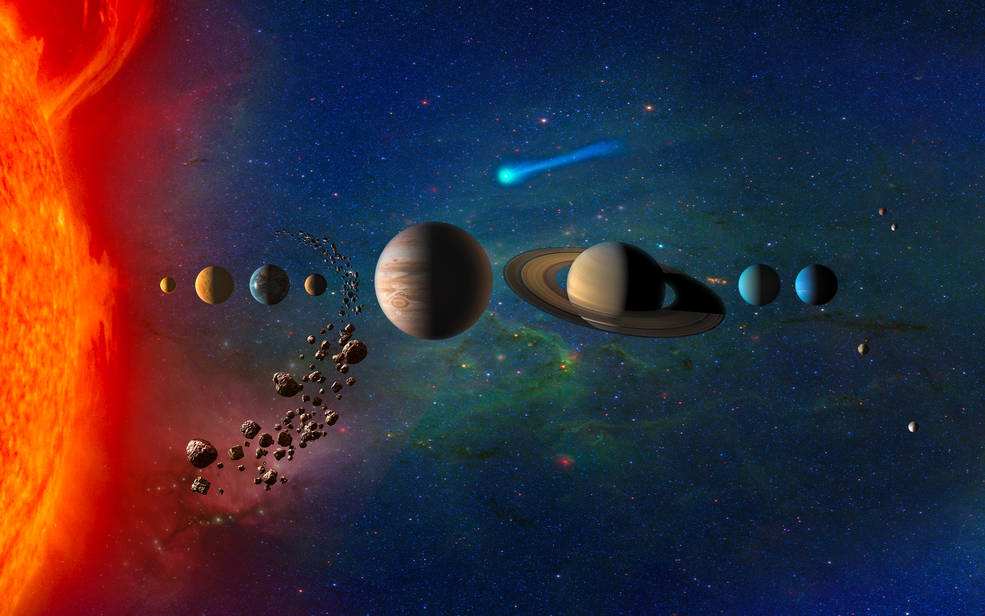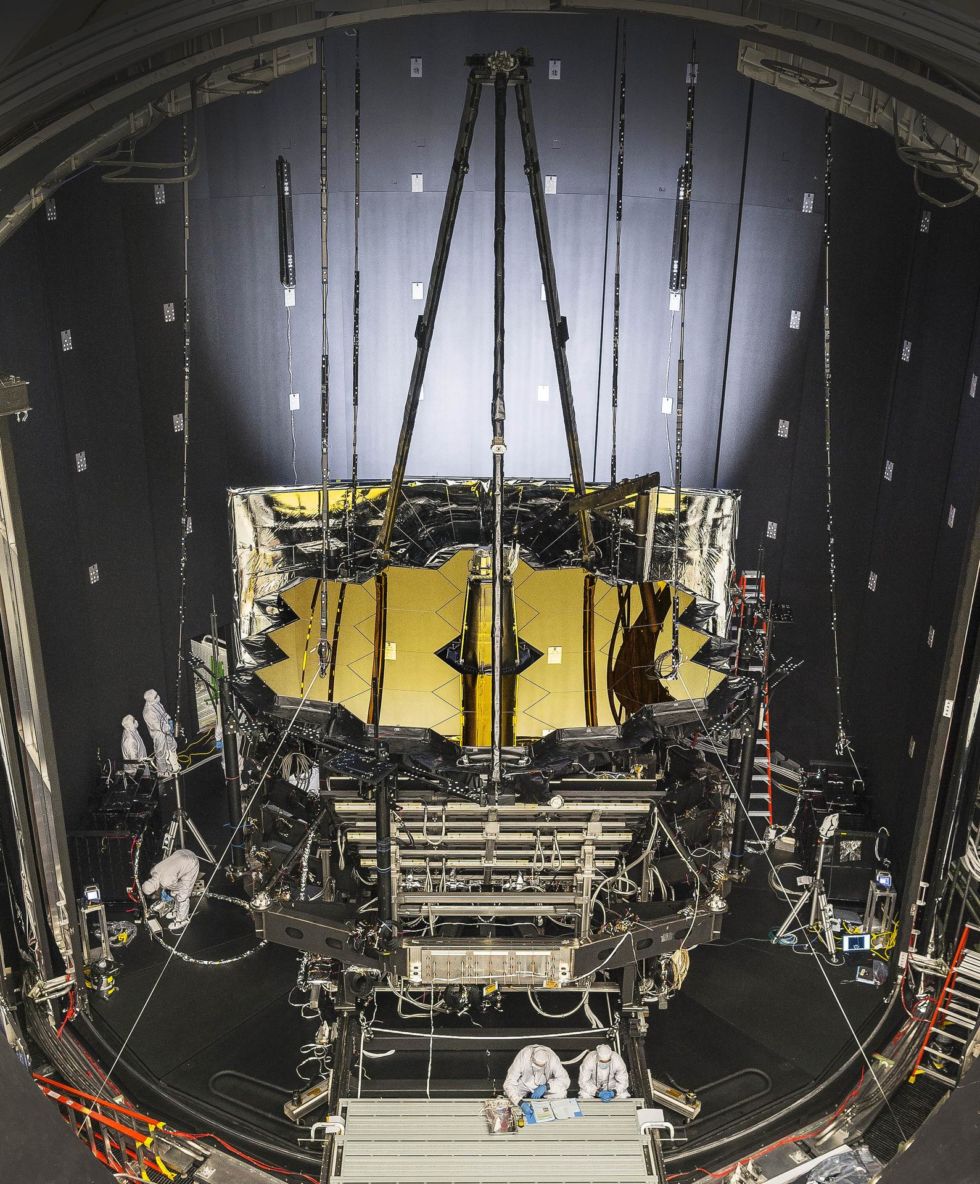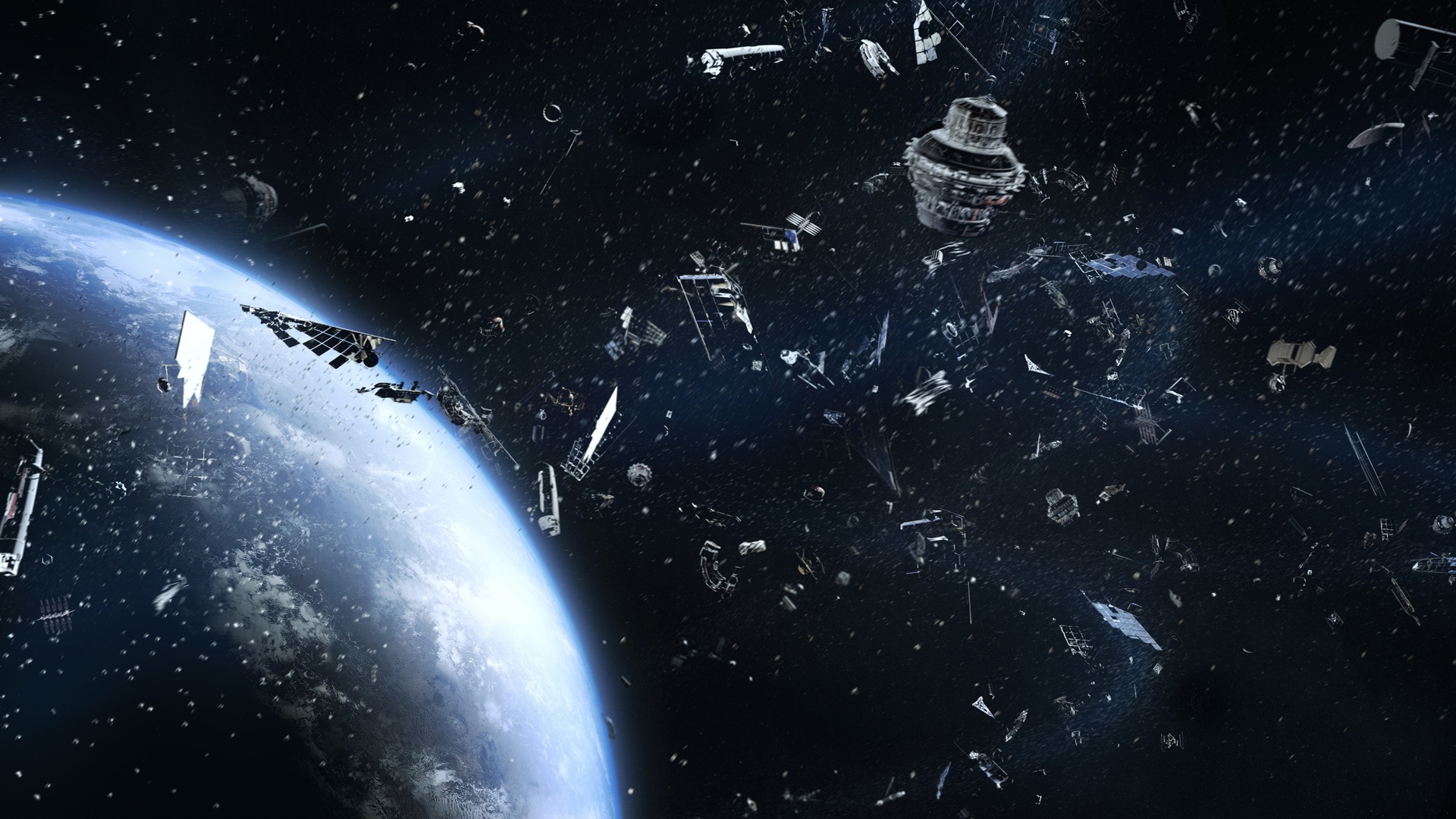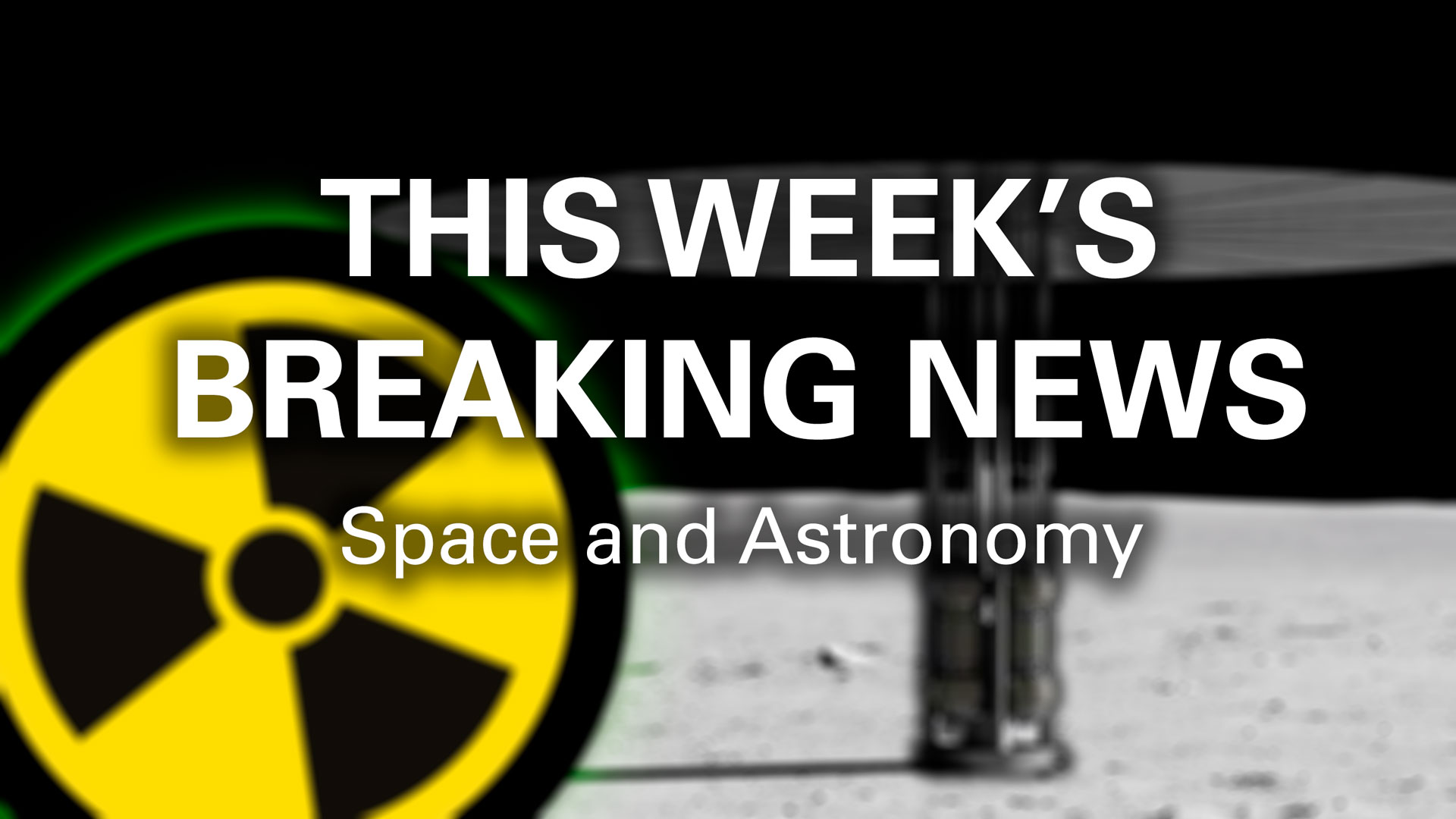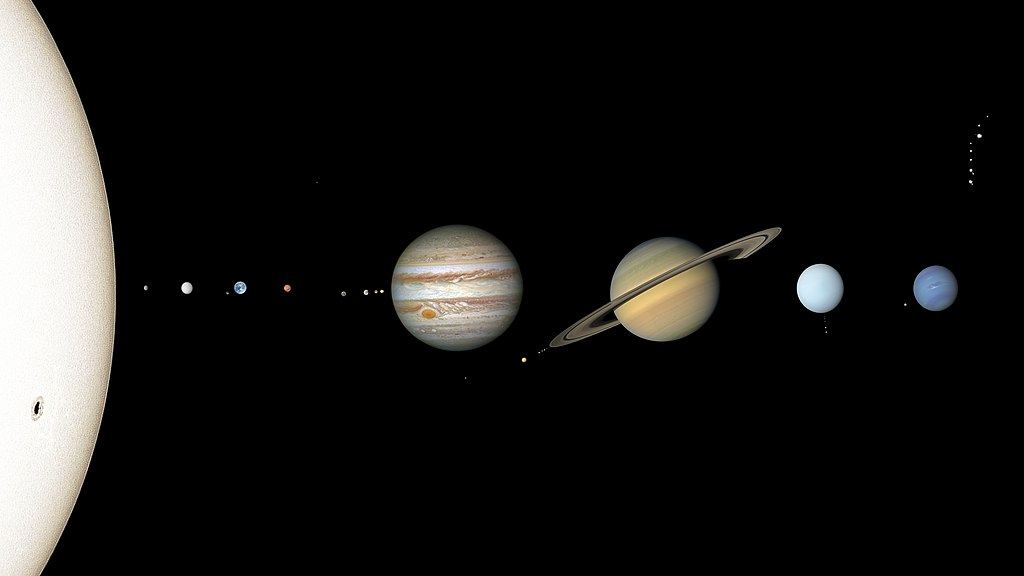The story of our solar system’s origin is pretty well known. It goes like this: the Sun began as a protostar in its “solar nebula” over 4.5 billion years ago. Over the course of several million years, the planets emerged from this nebula and it dissipated away. Of course, the devil is in the details. For example, exactly how long did the protoplanetary disk that gave birth to the planets last? A recent paper submitted to the Journal of Geophysical Research takes a closer look at the planetary birth crèche. In particular, it shows how the magnetism of meteorites helps tell the story.
Continue reading “When did the Sun Blow Away the Solar Nebula?”When did the Sun Blow Away the Solar Nebula?



